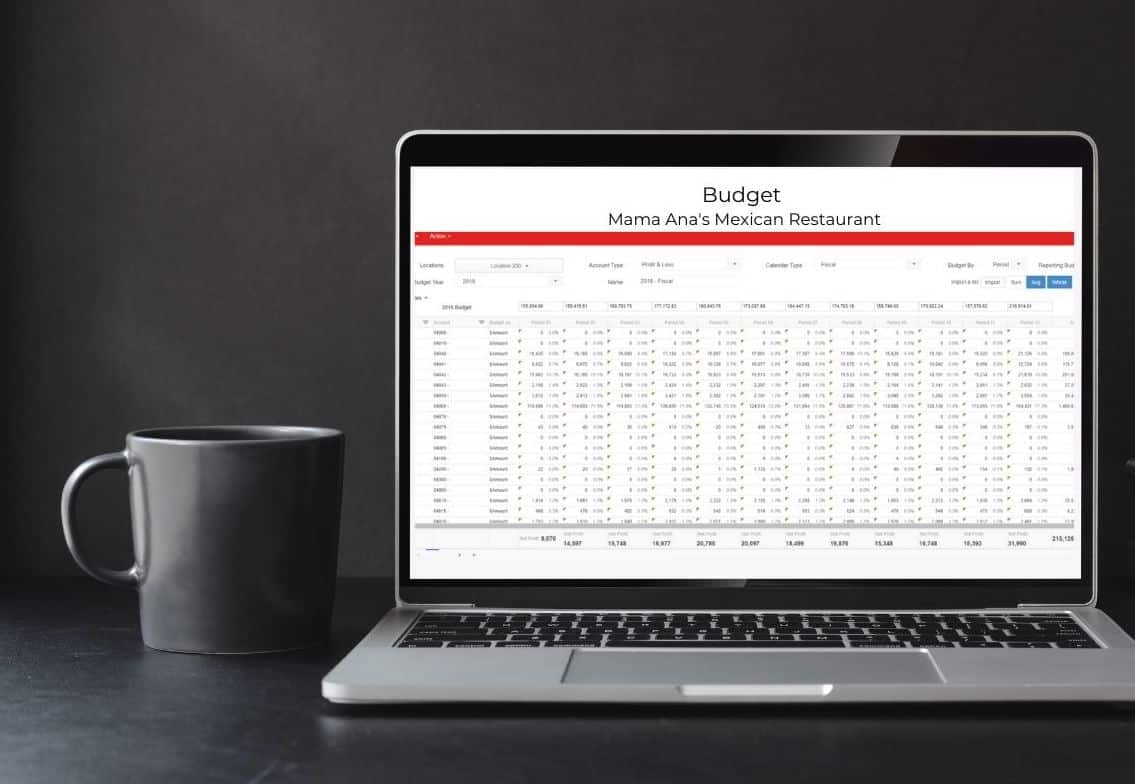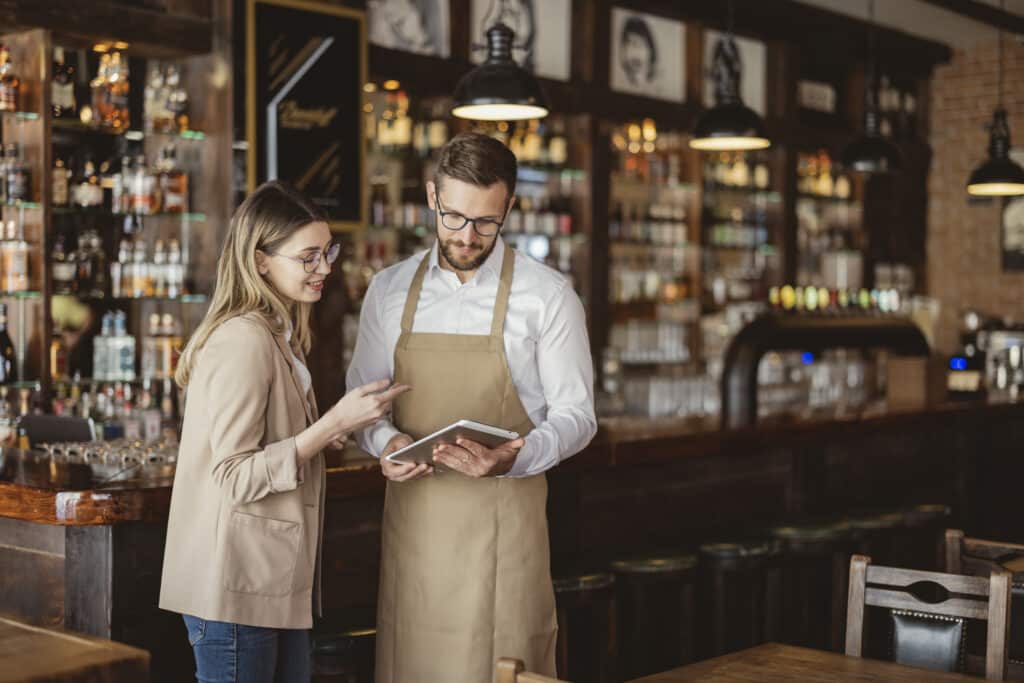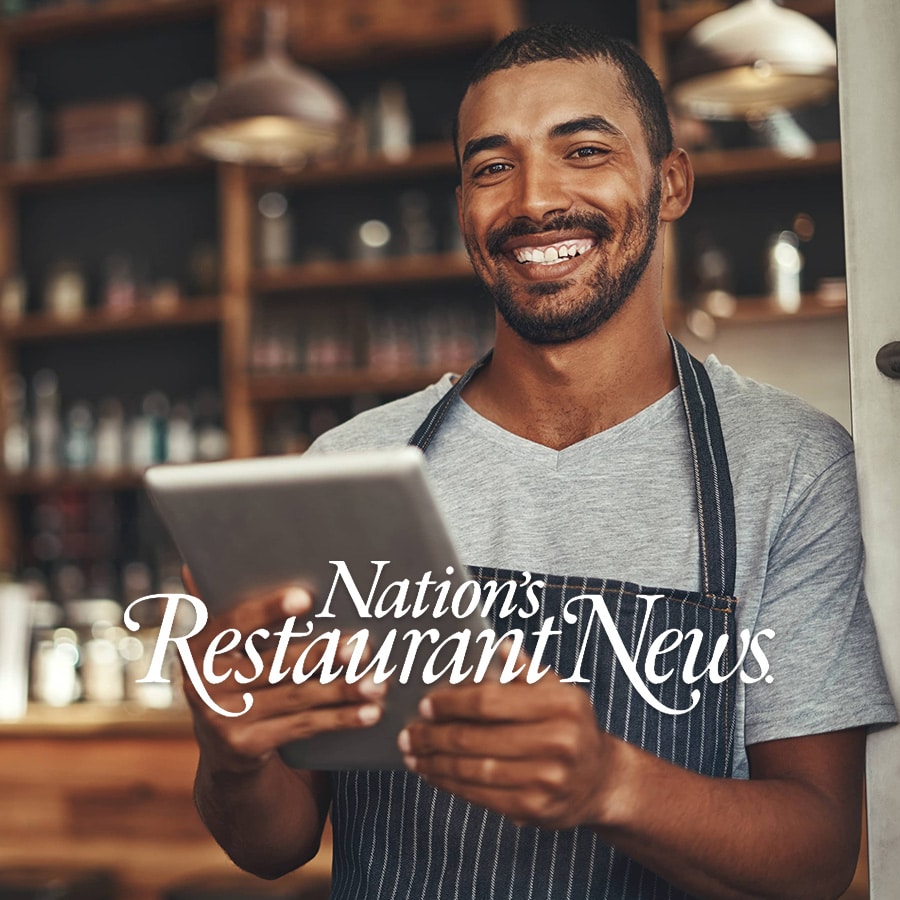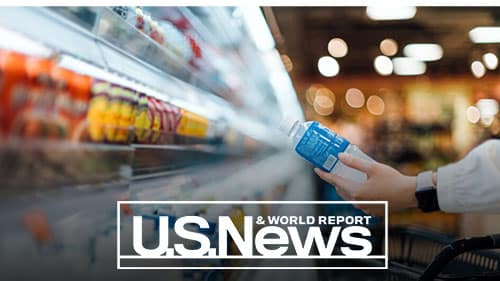One of the most important yet frequently overlooked parts of a business is the budget. For restaurant owners and operators in particular, in the midst of making the thousands of decisions needed to run a restaurant business, it’s easy to forget about the restaurant budget.
There are four stages to your restaurant budget:
- Plan
- Collect data
- Evaluate
- Adjust
First, plan your budget. Then, collect data on performance. Next, evaluate your performance metrics. And finally, adjust what you’re doing based on your evaluation. Your budget must iterate and evolve.
A restaurant budget is critical for profitability and success. It guides decisions, creates accountability, and encourages action. When your financial goals are laid out in a budget, you can see when you’re meeting income and expenses benchmarks, and where you need to proactively make changes for the long-term health of your business.
Balancing cash flow month to month, let alone year to year, can be difficult for the ever-changing restaurant industry. And yet, in times of uncertainty, like the COVID-19 pandemic, budgeting is more important than ever to adapt to the fluctuating economic climate. You know where you want to go, and at its core, a budget provides a road map.
How to create a restaurant budget
As a restaurant owner or manager, you can use a budget to understand your income and expenses, and at what levels you will profit, break even, or operate at a loss. As mentioned, there are four stages to your restaurant budget.
The more realistic and specific you can make your budget, the more helpful it will be when you’re making decisions. Inaccurate numbers can, at best, point you in the wrong direction, and at worst, lead to unsound financial decisions. An accurate, thorough budget is the foundation for a healthy business.
When creating a restaurant budget, there are four main areas to consider:
Track Your Restaurant Sales
Your restaurant sales, or income, are one of the biggest factors in your budget. To understand how much your restaurant will earn in sales, you can start by examining your sales forecasting data.
Sales forecasting uses historical sales data to predict future sales. The more accurate your historical sales data, the better you can project future sales. A point of sale (POS) system fully integrated with your restaurant accounting software can help you keep track of the numbers you need, making an all-in-one system important for your budgeting.
With this data, you can monitor check averages and customer counts, as well as compare sales between time periods. With knowledge of general economic trends, you can project future sales trends in comparable time periods.
Understand Prime Cost
Prime cost is made up of the cost of goods sold, or CoGS (the food and beverage inventory you purchase to make the menu items you sell) and your labor costs (the staff you need to run your business). Prime cost is the largest expense for a restaurant, which means it is the most essential piece of your budgeting.
Most significantly, prime cost is made up of expenses that you have some control over, representing where you can add profit back to your bottom line. While some costs for your restaurant business are out of your control (see next section), your prime cost is something you can influence through careful monitoring.
For example, when you understand your CoGS in your budget, you are able to implement tools like restaurant inventory management to help you track your food costs. Not only is an accurate prime cost essential to appropriately budgeting for your expenses, but it can also help you optimize your budget by pinpointing food waste or inefficiencies.
Track Other Operating Expenses
Besides the cost of food and labor, there are many other operating expenses required to run your restaurant. This may include everything from plateware to your kitchen equipment (both new equipment and routine repairs). Operating expenses also include fixed costs like your rent, utilities, or insurance. Finally, these expenses may cover technology and software like restaurant management solutions, as well as any marketing or advertising costs.
Calculate Net Income
Your net income is what’s left of your income after expenses are paid. This is where your restaurant budget enables you to see if you’re making a profit, breaking even, or running at a loss.
While this is certainly important in order to understand the overall health of your finances, your net income is also extremely useful to track over time. When your restaurant accounting is running smoothly and you are able to calculate this part of your budget, you can spot trends and make proactive decisions that help your bottom line in the long term.
Additional items to include in your budget planning
Although the above items are the foundations for any budget, many of the expenses are within your control. There are many considerations and tips that can help you optimize different line items on your budget.
Plan Your Marketing Budget
Marketing has changed since the era of print ads. Advertising on search engines, social media, and email can carry varying costs. Especially if you outsource any of your marketing, it can be hard to track what exactly is happening with your marketing budget.
To help create predictable advertising expenses, continually review marketing costs and monitor performance. As many restaurants turn toward digital marketing in the COVID-19 era, daily or monthly limits for online advertising can help make sure you don’t overspend your marketing budget on online campaigns.
Budget for Equipment Repair
Investing in purchasing restaurant equipment is a large upfront expense, but it is essential to also factor in the costs of maintenance and repair over time. Understanding the depreciation of your equipment can help you account for the wear and tear of everyday use and help you prepare a timeline for new purchases.
Unfortunately, some urgent repairs can also come without a warning. In addition to scheduled tune-ups, having extra emergency funds in the budget for unforeseen repairs can ensure you are prepared for any surprises.
Adjust Labor Cost Budgeting
As part of your prime cost, your labor cost is one of the largest expenses for your restaurant. Whether your labor cost is fluctuating or staying relatively stable, you should always be reviewing your metrics. Your labor cost may increase due to more sales, but it can also be from inefficient scheduling.
To help optimize your labor costs, consider using restaurant payroll and HR software that integrates with your POS. An all-in-one system can help you monitor your labor costs, ensure payroll compliance, and streamline essential tasks like training and scheduling.
Finally, when looking at your labor cost budgeting, make sure to look at not only the wages or salary of your labor, but also payroll taxes and any employee benefits that make up your “fully burdened” labor cost. This helps you account for the entire expense of labor in your budget.
Examine Your Operating Costs Budget
Lastly, you should examine the operating costs in your budget regularly. While it is easy to turn on auto-pay and forget about some of your monthly costs, examining your recurring expenses is an opportunity to make sure you’re spending your budget wisely.
Some operating costs, like rent, will be fixed. However, other recurring expenses like utilities or waste disposal may creep up over tie. Regularly monitoring these fixed costs can help you spot ways to save on recurring costs or add efficiencies into your business.
This should also include the technology you use to run your restaurant, from your POS system to your restaurant inventory management software. These systems are a recurring budget item, and it pays to make sure your restaurant management solutions are providing a return on investment.
Why creating a restaurant budget is important
A budget is an organized plan for your finances. Many expenses are recurring, or at least remain within a predictable range. You have some fixed costs, semi-variable costs, and costs that fluctuate month to month. By understanding your expenses, as well as your income, you are prepared when numbers fluctuate.
When budgeting, you may want to consider planning for uncertainty by creating three budgets: conservative, moderate, and aggressive. While it’s important to make sure all the different scenarios are realistic, understanding possible ranges for your budget can help guide your decision making.
Creating a budget helps your team evaluate operations and investments. It shows the overarching picture of what you planned for and what you achieved, which informs your strategy for the long-term health of your restaurant business.
Special budgeting considerations due to COVID-19
The restaurant industry has had to pivot incredibly quickly this year due to COVID-19. Budgets for staffing and food costs shifted as restaurants changed overnight to different business models. Marketing budgets have moved to almost entirely online marketing. Costs like cleaning products and to-go containers are probably much different for your restaurant than they were previously.
For most restaurants, the 2020 budget looks significantly different from any previous budget. However, as income and expenses have shifted, keeping track of business spend has been more important than ever.
Conclusion
Without understanding the fundamental numbers behind your restaurant business, you are flying blind. A budget helps you make decisions about what your restaurant needs day to day, while still keeping an eye on the long-term, strategic picture. A restaurant budget provides the road map to your end goal: managing a successful restaurant. Remember to think of your budget as evolving – plan, collect data, evaluate and adjust.
Do you need the tools to calculate all of the essential pieces of a restaurant budget? Restaurant365 incorporates restaurant accounting software, restaurant operations software, inventory management software, payroll + HR software, and scheduling software into an all-in-one, cloud-based platform that’s fully integrated with your POS system, as well as to your food and beverage vendors, and bank. Ask for a free demo of Restaurant365 today.



